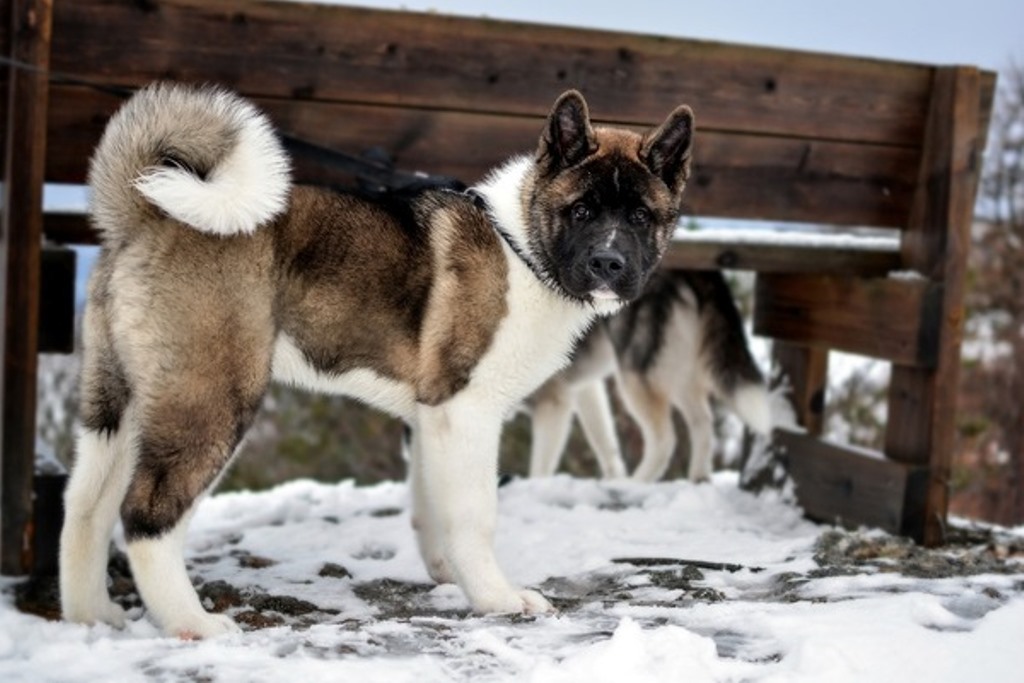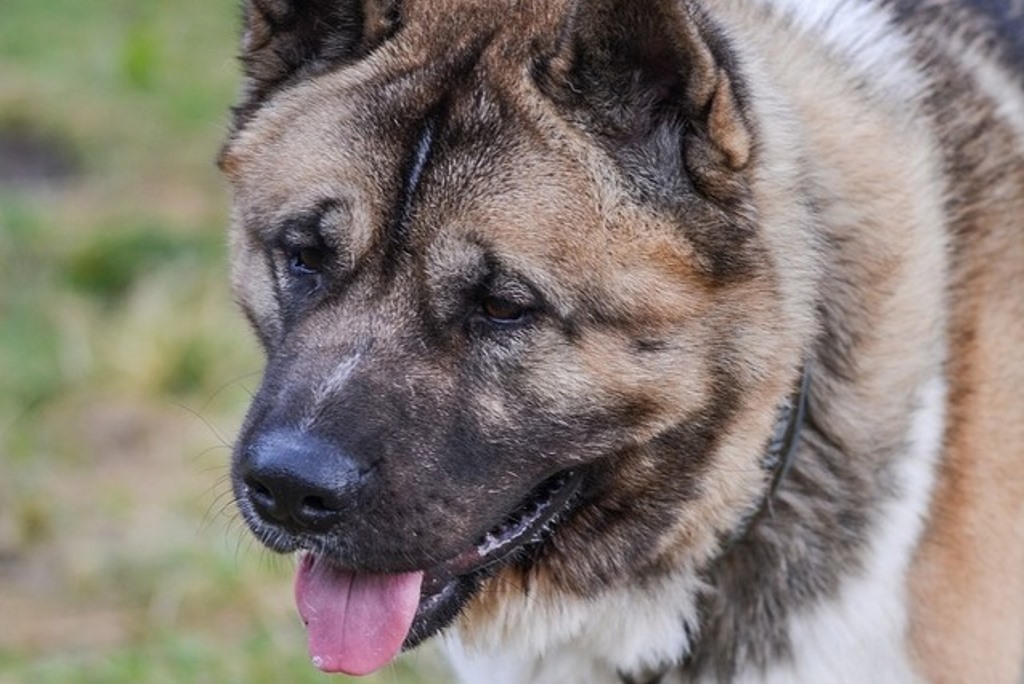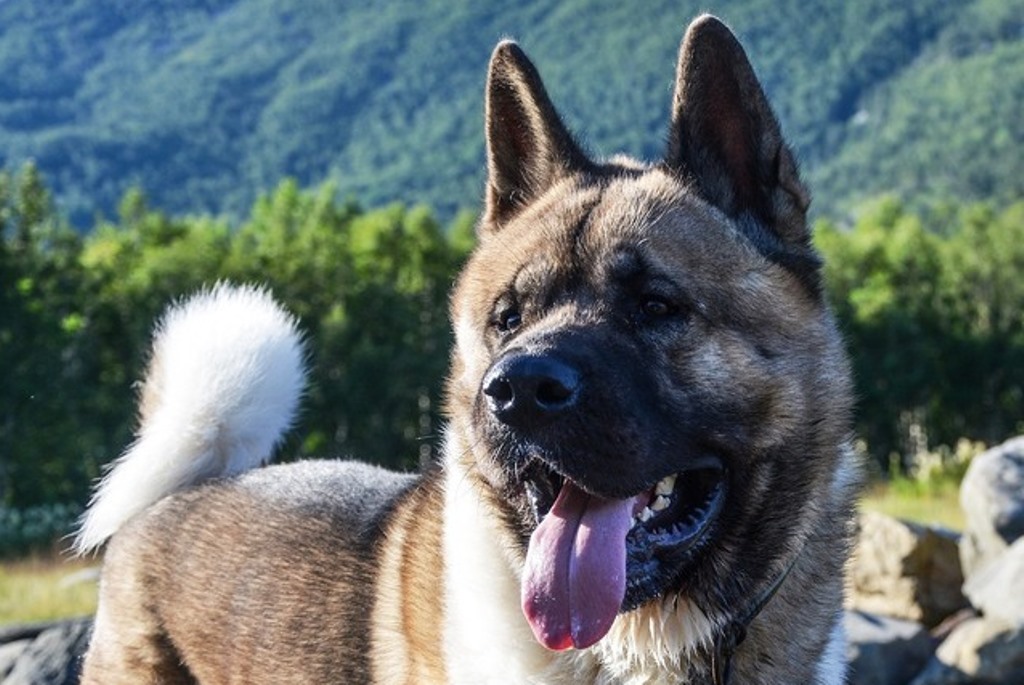
The Remarkable Traits of American Akita Breed
The history of the American Akita dog breed is fairly recent, although the strain of this breed is very old. Initially, this breed developed in the mountainous region in the north of the island of Honshu, in the prefecture of Akita, from which it takes its name. We are now talking about the Akita Inu, a Japanese dog breed, which has undergone variations over time due to wars or fashions of the moment.
In fact, Japanese Akita Inu were used for big game hunting of deer, wild boar and bears, but in the 18th century they were crossed with Mastiff and Tosa type molossi to create dogs more suitable for fighting, as dog fighting was very fashionable at that time. Fortunately, in the early 19th century dog fighting was outlawed and abolished and the Akita continued to be bred as a Japanese breed. So much so that in 1931 they were officially declared a national monument by the Japanese government.
Unfortunately, during the Second World War, all dogs, with the exception of the German Shepherd, which was used for military purposes, had to be slaughtered to provide with their fur, clothing for the soldiers and with their meat, food. This breed, as well as many others, was almost extinct during this war, but fortunately some animals were saved by taking them to isolated villages and crossing them with German shepherds, in order to circumvent the law.
From these matings the American Akita was born, as some specimens were brought to America by returning American soldiers. While with the Akita Inu in Japan, an attempt was made to restore it to its original purity.
The difference with its progenitor is that it is larger, heavier and overall more powerful than its Japanese counterpart. In America, this breed is also used as a police dog or guide dog. In the 20th century, this breed became even more famous thanks to the story of Hachikō, who waited for 10 years every day at the station for the return of his master who had unfortunately died. A film was also made of this story and a statue of the dog was placed in the Japanese station, in the exact place where Hachikō waited for his master.
Character of the American Akita

As Hachikō's story shows, loyalty to his master and his family unit is his main characteristic. He is also an intelligent, alert, sweet and affectionate animal, but will only become so if he is used to socialisation from an early age. His training is not among the easiest, he is a very territorial dog and this often makes him particularly protective of his family, and he also tends to take over if a pack leader relationship is not established with him. He must understand who is in charge, but at the same time his trust must be won and not by force. In fact, they prove to be infinitely stubborn if forced.
They do not get along well with other dogs, especially of the same sex, so here too, early socialisation is essential. They are excellent watchdogs, they are vigilant, alert and wary of strangers. With children they are very protective, provided they are in their own household and under adult supervision. It is not advisable to let them interact with unfamiliar children.
And as an excellent guard dog, it is good that any stranger entering their territory is properly accompanied by their owner. They are also excellent hunting dogs, but you should always remember this. There is the risk that on a walk perhaps in a forest and without a leash he may smell some prey and try to catch it, disappearing from your sight. In fact, it is a good idea to accustom the dog from an early age to never stray too far from its owner, even if it is left free.
The Akita is also an excellent companion dog, always requiring contact with its owner. However, it does not suffer if left alone for a few hours and will welcome you back with joy and exuberance. It is a dog that lives well in a flat but would need a garden where it can run and play, although a few walks will always be welcome. He likes to play a lot, he has excellent sniffing abilities, so he is ideal for tracking, games that stimulate sniffing, he is not very suitable for agility.
Appearance of the American Akita

The American Akita is a large dog, with males weighing up to 60 kilograms and females weighing up to 35 kilograms. There is a big difference between male and female, the male can be recognised at first sight. It is a proud and distinguished looking dog with an imposing bulk. The bone structure is heavy and the body is muscular and powerful.
The tail is high, very thick and carried coiled on the back or on the side. The head is massive, well-proportioned and triangular. The eyes are small, dark in colour and almost triangular. The ears, also small, are positioned high on the head and are slightly tilted forward and rounded at the tips.
The coat is double and semi-long, it has a thick, soft and dense undercoat, whereas the undercoat is straight and somewhat stiffer. The undercoat is generally of a different colour from the coat. The coat can be any colour such as red, fawn, white, sesame, brown, even spotted or striped; many individuals also have a black mask.
Health and Care of the American Akita

The American Akita is a robust dog that is not prone to major health problems. Its life expectancy ranges from 12 to 15 years. It is not afraid of the cold and adapts to colder temperatures without any problems. However, it shows a high predisposition to skin eczema and excessive sebum production. It can also suffer from certain food intolerances, and is not a breed that tends to put on weight, provided it takes adequate exercise, but a balanced diet is essential.
The American Akita moults twice a year, on these occasions it loses a lot of hair and should be brushed two or three times a week, otherwise once is enough. The ears, eyes and skin must be cared for and cleaned regularly. A few baths per year are necessary, only when the dog is very dirty.






















